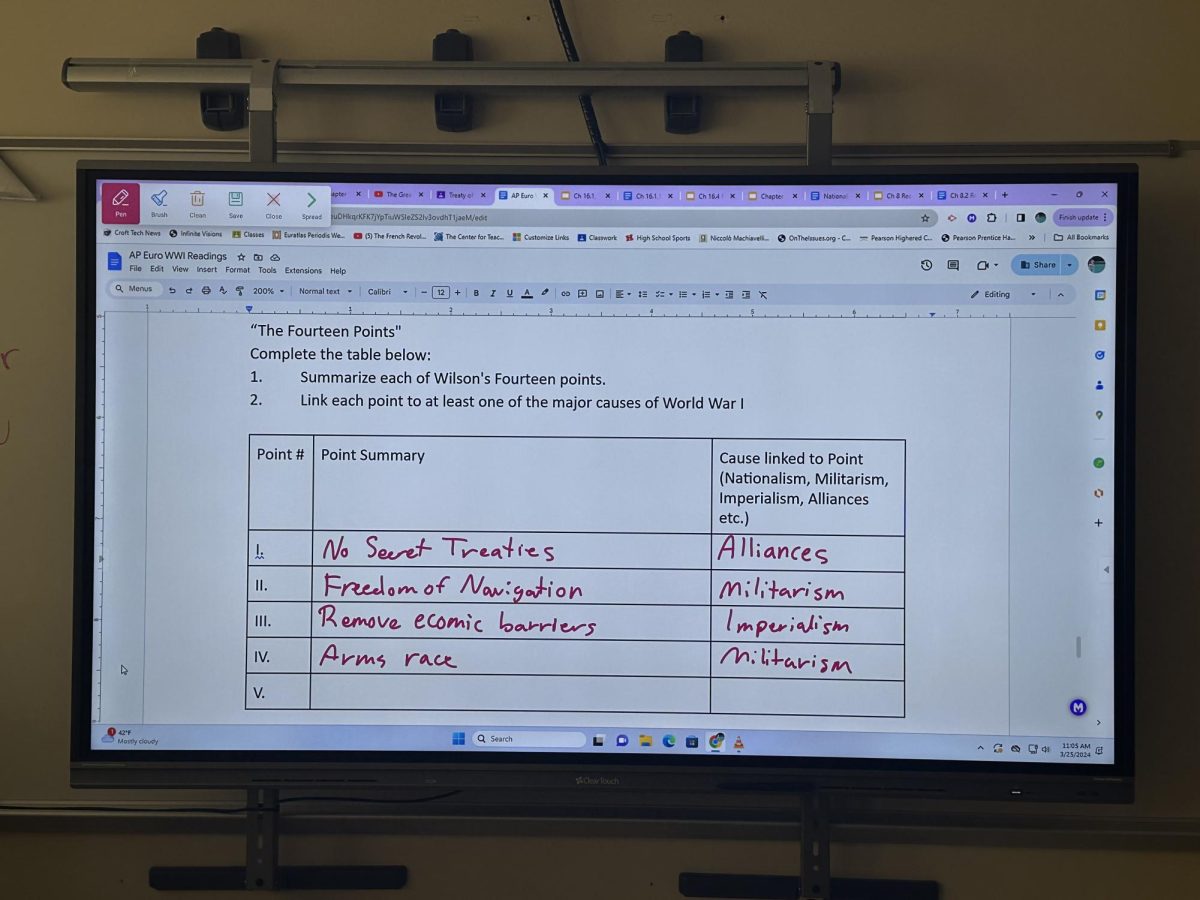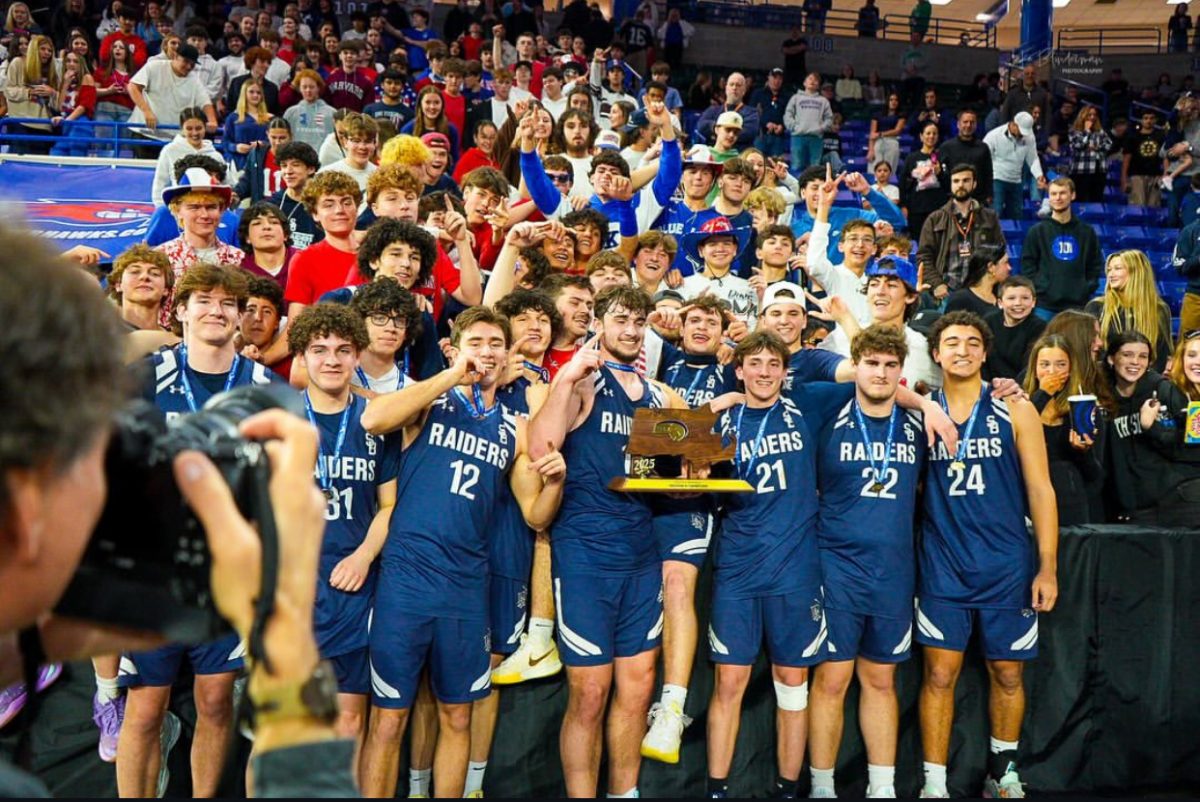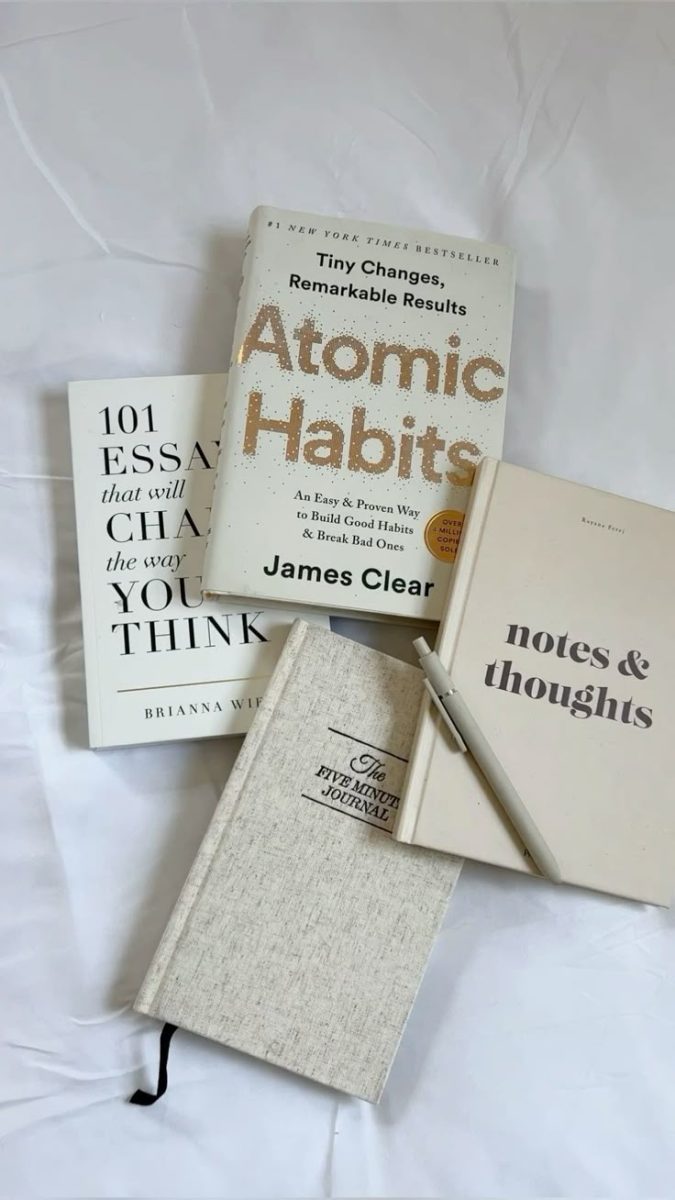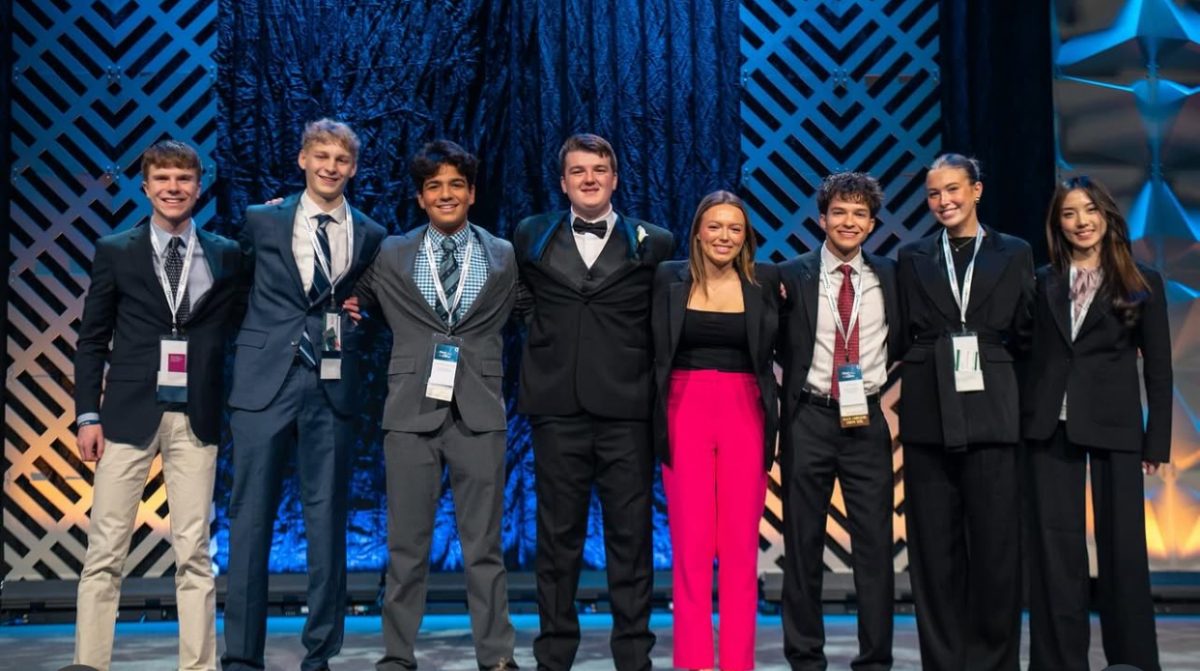As many students probably have noticed, new ClearTouch display boards were installed in classrooms at Somerset Berkley Regional High School late last month. Mr. Croft, Somerset Berkley’s Tech Integration Specialist, has provided The Breeze with a slew of information about these recent installations and future plans for more. Now that teachers have had their new boards for a few weeks, it is also a great time to check in with them and find out how they feel about their new classroom technology.
Mr. Croft has let The Breeze know that this recent installation was part of a four part installation plan that aims to replace current projectors with new ClearTouch boards. This part of the plan replaced the projectors of the English and Social Studies departments. Now, Somerset Berkley has 52 ClearTouch boards in use and only needs 19 more. At some point in the future, eight boards will need to be purchased for the World Language department, eight for Special Education, three for Fine and Performing Arts, two for Wellness, and one for Science and Technology. The boards installed recently were all purchased with money already in the school’s budget and remaining ESSER funds (Elementary and Secondary School Emergency Relief funding issued to schools across the nation on March 27, 2020 during the Coronavirus pandemic).
Mr. Croft has been running a Professional Development group with 28 teachers that works with technology tools, including ClearTouch boards. Teachers who aren’t in this Professional Development group will have the opportunity to join a technology group in future academic years. Mr. Croft has also offered his support to teachers during Common Planning Time, prep periods, and after school. Additionally, he offered a ClearTouch workshop on March 5th that many staff members took advantage of. Mr. Croft reports that he is “very impressed at how the faculty has received the new technology and are implementing it in their classrooms.”
When asked about the decision to replace former projectors with new interactive displays, Mr. Croft provided The Breeze with a variety of reasons that making the switch just made sense. He reported that “The initial goal of purchasing ClearTouch panels was to replace the projectors that are coming to the end of their lifespan and increase the technology capabilities of the classroom. We always want to replace technology with the best available at the time. Teachers are able to do much more with these panels compared to a projector. As teachers continue to have additional professional development, experience, and time with the panels, I am confident that they will continue to innovate.”
Teachers have, in general, been responding positively to the ClearTouch boards in their classrooms; they note that getting used to using them will take some time, but that they are working on adapting to this shift. Mr. Chase, an English teacher at Somerset Berkley, states that the ClearTouch boards are “nice pieces of machinery and good equipment,” but also doesn’t think that they’ve “added anything to my teaching repertoire. I also don’t think it’s taken away anything.” Ms. Copeland, a fellow English teacher, seemed to agree and expressed that adjusting to using the boards in her classroom was something that she just had to adjust to. She described that “when you’re used to turning around and writing directly on the board, it just feels different. There are extra steps involved, now.” In time, however, Ms. Copeland noted that it has been easier to adjust to this change and hopes that using the board will feel more comfortable in the future. For now, though, Mr. Chase and Ms. Copeland both agreed that if given the choice between using ClearTouch interactive boards or the projectors they used before, they’d choose the latter.
Members of the Social Studies department have also expressed similar feelings about ClearTouch boards. Mr. Petty admits that, at first, he was hesitant about this change and says that “it bothered me the first day it came in,” but in time he has adapted quite well. He explained how human beings naturally resist change and he feared a disruption in the usual routine that he had established in his classroom that students had come to expect from him. Now, he says that the board “is more than functional for me.” Mr. Petty recognizes that “it could be years before you learn all the features. It’s going to take time to learn,” but feels as if he is at the point where he has made the board work in his classroom.
Mr. Petty has great faith that the rest of the school will be able to adapt as well. He says that “This is the greatest staff in the Commonwealth in Massachusetts and Massachusetts is the best state in the country in education. They’re going to adapt, they’re going to overcome, they’re going to persevere.” When asked if he thinks these boards have the capability of improving student learning, he said that right now, “there’s just not enough data” to know. He notes that, especially with the skew that the Coronavirus pandemic has caused in student test scores, “you’re going to have to see the data of where test scores go over the next ten years. Is technology improving test scores? The data will prove it to you.”
While we don’t yet definitively know if interactive displays could improve student learning, we do know one thing for certain: ClearTouch boards are here to stay and we need to learn how to best utilize them. In Mr. Petty’s words, “If you don’t adapt to the change, you’re just going to make yourself insane. The people who can handle change the best are usually the people who are most successful in life. Sometimes you have to embrace the change.”














